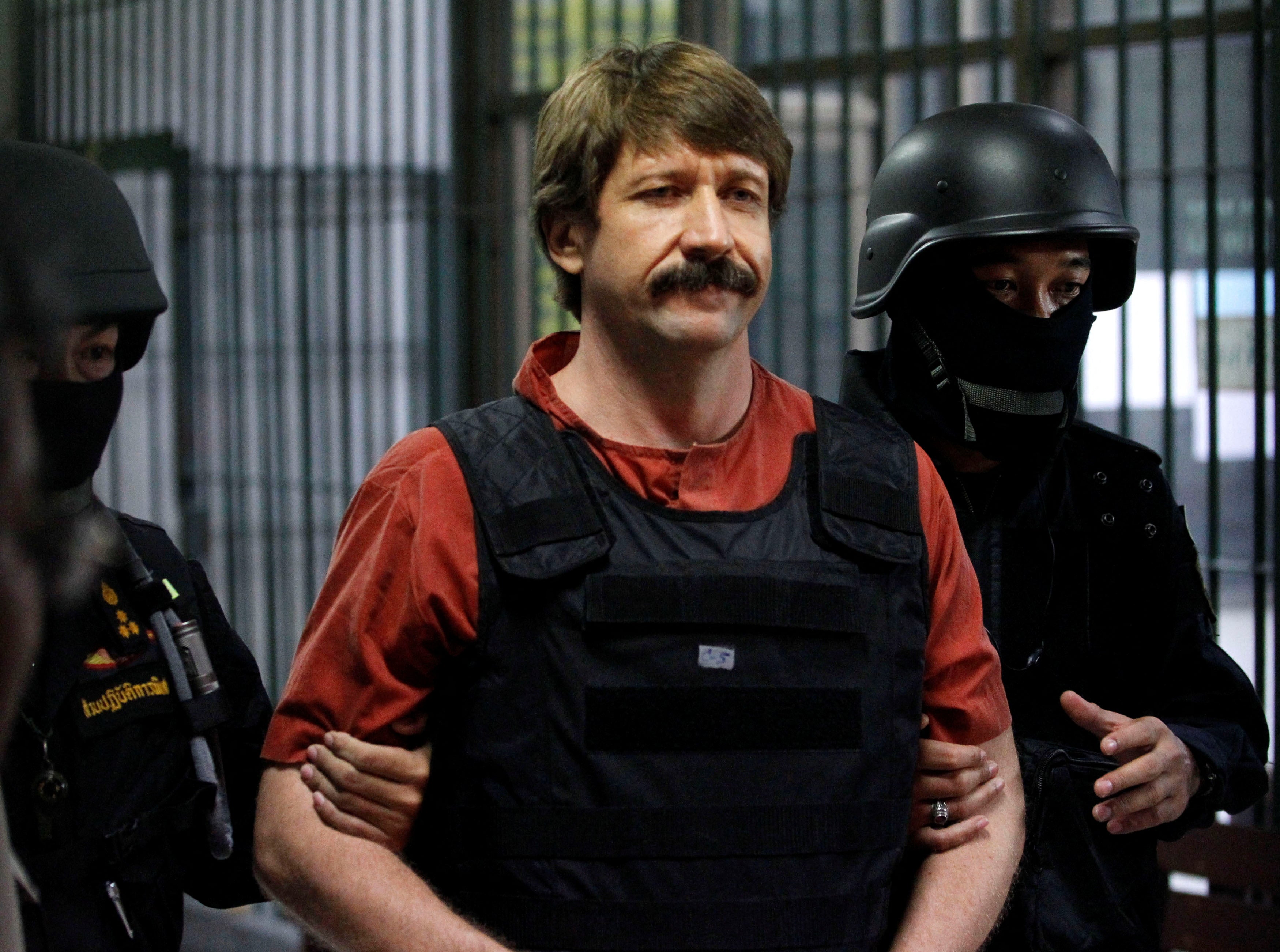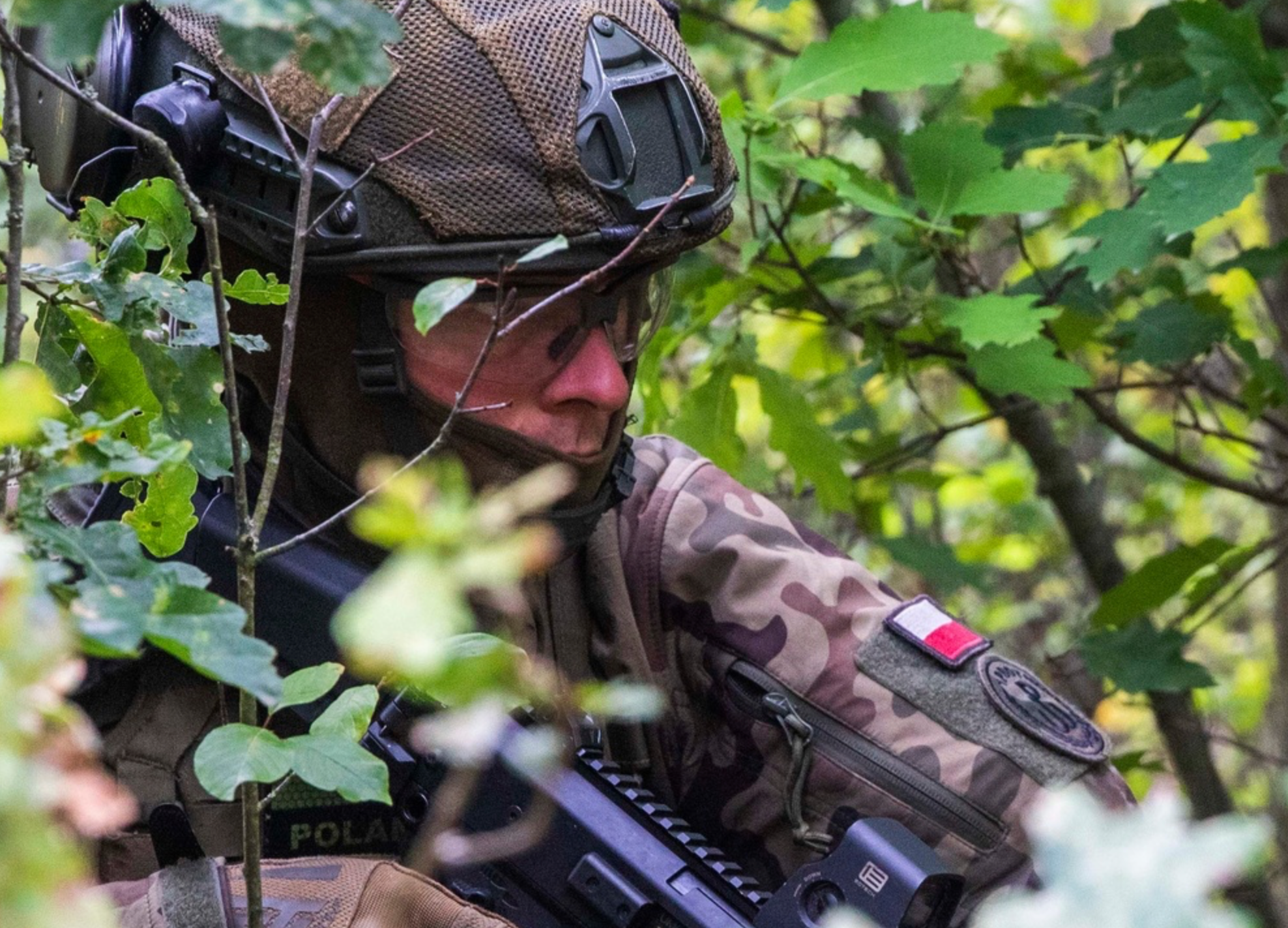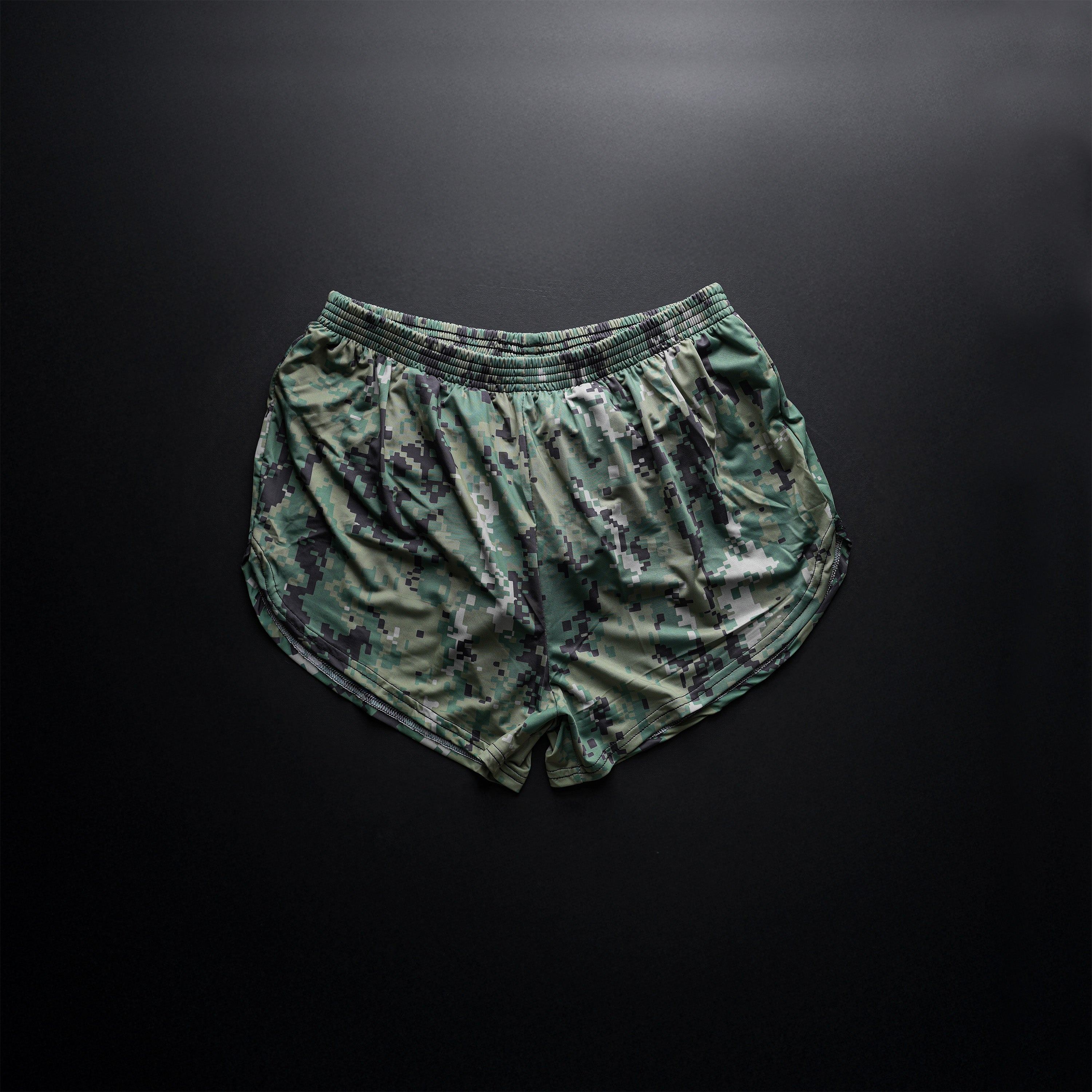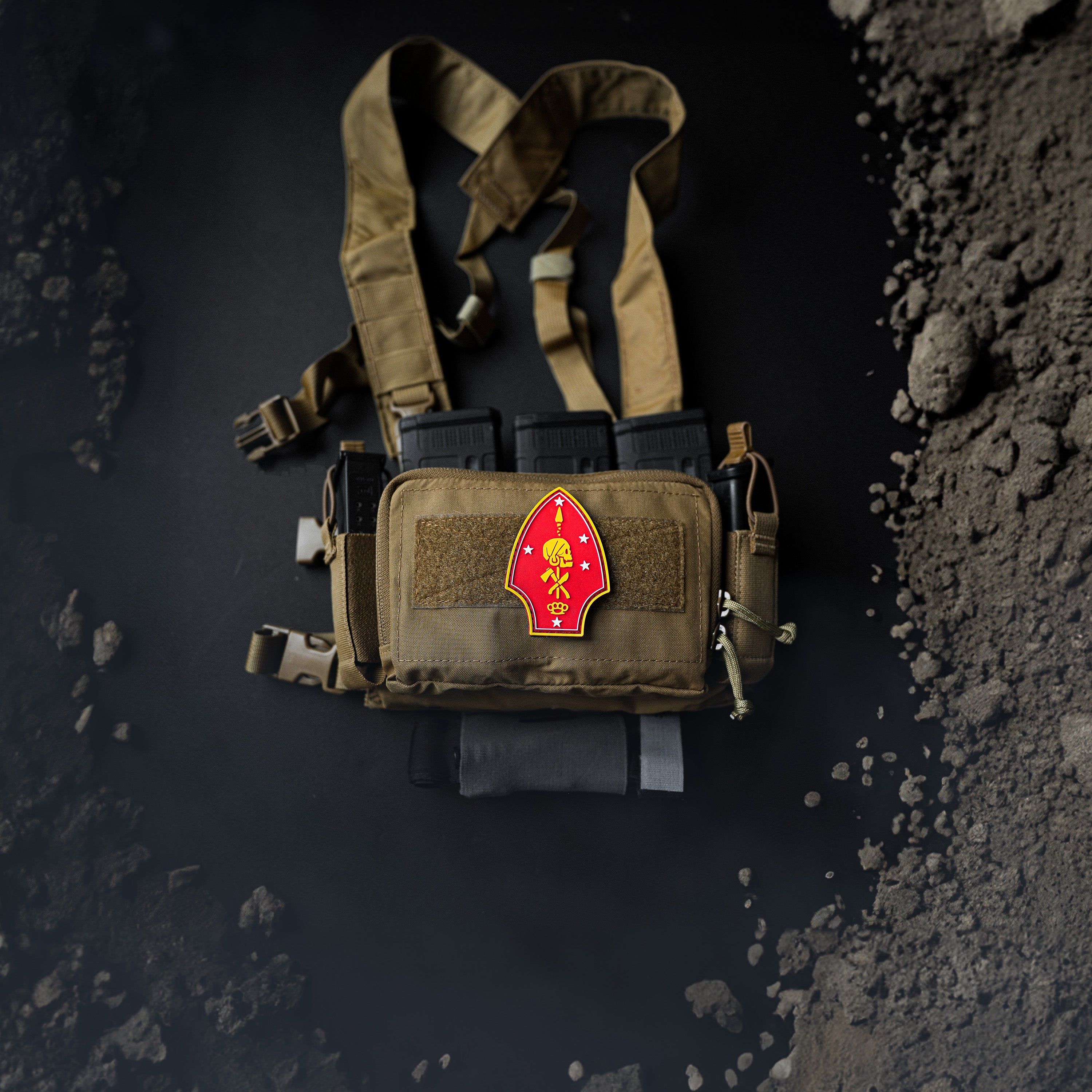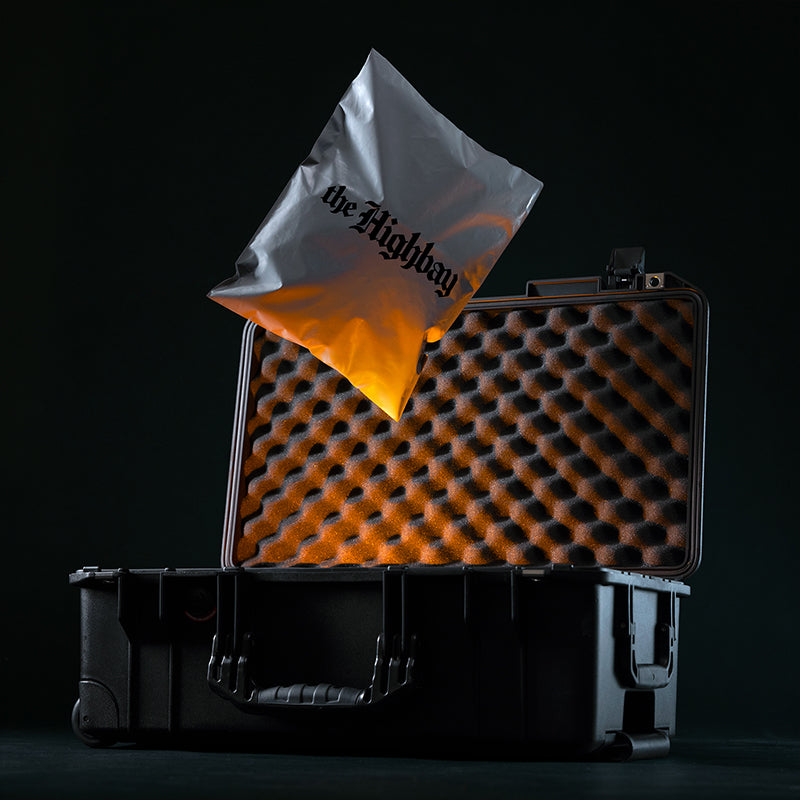
Philippines launches naval drills with allies amid regional tension
PHOTO CAPTION: A Philippine Navy SEAL climbs a pilot ladder to board a training vessel during a visit, board, search and seizure training drill as part of the first ASEAN-U.S. Maritime Exercise (AUMX), Sept. 5, 2019. (U.S. Navy photo by Mass Communication Specialist 2nd Class Tristin Barth via U.S. Defense Visual Information Distribution Service)
By Mikhail Flores
SUBIC, Philippines (Reuters) - The armed forces of the Philippines, the United States and four other countries began joint naval exercises off the coast of the Philippines' northern Luzon island facing Taiwan in a display of naval strength amid rising tensions with China.
Called "Sama Sama," which means togetherness, this year's drills, which involve almost a thousand sailors and personnel from Australia, Canada, France, Japan, the United States and the Philippines, are high-intensity exercises focusing on anti-submarine, anti-surface and anti-air warfare.
U.S. navy rear admiral Todd Cimicata told reporters in the port of Subic, to the west of Manila, that building partnerships with key allies created a "deterrent effect", though he added that the exercises were not targeted at any country.
"The intent of these exercises is not to ruffle feathers. It's tailored for interoperability," Cimicata said. "Across the gamut, there are people that don't follow those rules so we have to agree so that we can set those standards."
The nine-day exercises will bring together the U.S. Navy's Arleigh Burke-class guided-missile destroyer USS Howard, Canada's Halifax-class frigate HMCS Vancouver and a CH-148 Cyclone helicopter, while Japan's ForceShin Maywa US-2 amphibious aircraft and Kawasaki P-1 maritime patrol aircraft are also participating, along with warships from the Philippines.
The drills come more than a week after the Chinese military said its air and naval forces conducted manoeuvres in a disputed area of the South China Sea, fanning tensions in a waterway that remains a volatile flashpoint in the region. Cimicata said the exercises were planned months in advance.
China claims nearly all of the South China Sea but those claims overlap with those of Brunei, Malaysia, the Philippines and Vietnam, angering its neighbours and the United States, which has stepped up its security engagements in the region.
Last month, the United States carried out joint maritime exercises with Australia, Japan, Philippines and for the first btime New Zealand in Manila's exclusive economic zone to improve the militaries' interoperability.
Washington's Marine Rotational Forces - Southeast Asia (MRF-SEA) will participate in at least eight exercises this year and next in their third deployment in the region, including assignments in Malaysia, Brunei and Indonesia.
"This is the most robust formation that we've had. And it is also conducting the most exercises since the inception of MRF-SEA," its commander Col. Stuart Glenn told reporters.
(Reporting by Mikhail Flores; Editing by Hugh Lawson)



